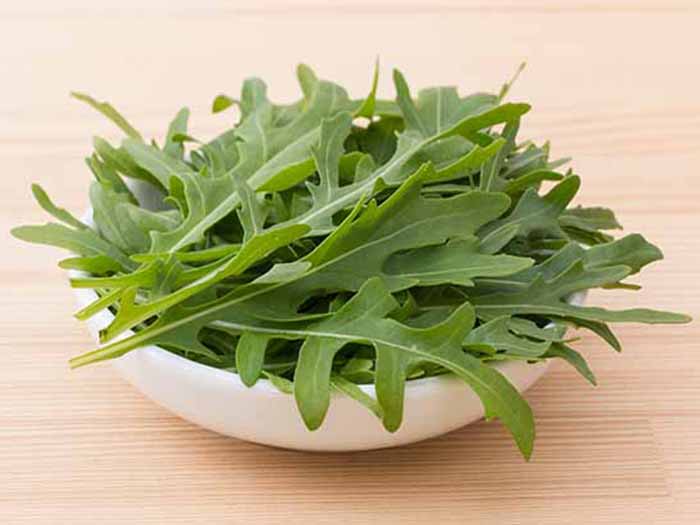Consuming wild lettuce and using it for various herbal remedies is an ancient practice and one that can still provide various benefits to this day.
What is Wild Lettuce?
Wild lettuce is one of the many common names for certain species of the Lactuca genus related to traditional lettuce. The leaves have often been consumed for their mild analgesic properties and as a salad vegetable. In fact, early physicians used these leaves as a painkiller if they were unable to procure opium.
Lactuca virosa is the most common form in North America and Europe and is also known as opium lettuce, great lettuce or bitter lettuce, among others. The leaves of this plant, much like normal lettuce, are the highly sought-after element of this plant, and the leaves look similar to dandelion leaves, although they often have more than 5 florets and are a rich dark green. Unlike similar species of the Lactuca genus, it doesn’t have bristles and isn’t considered a prickly plant. [1] [2]
The health benefits of wild lettuce are largely derived from their active ingredients, which include various flavonoids and coumarins, along with other antioxidants. Lactucarium is the most notable ingredient, the milky sap that is extracted as an analgesic. As a natural depressant, however, you should use caution when using this plant in any form. The plant was illegal to grow in the US till the 1970s, but the FDA has recently made it legal to grow, sell, and own.

Wild lettuce has sedative and analgesic properties, according to research studies. Photo Credit: Shutterstock
Wild Lettuce Benefits
There are a number of health benefits associated with consuming wild lettuce or using it as a natural treatment, including its ability to aid sleep, soothe over-excited children, and calm the sex drive, among others.
- Prevent a whooping cough
- Improve sleep patterns and prevent insomnia
- Stop pain and tension in the muscles
- Support respiratory health by treating asthma symptoms
- Eliminate headaches and migraines
- Soothe restlessness and excitability in children
- Minimize painful menstrual periods
- Calm excessive drive in men and women (nymphomania)
- Lower inflammation and joint pain
- Alleviate poor circulation and improve energy levels
- Minimize swollen genitals in men (priapism)
- Euphoric and sedative in nature
- Treat urinary tract problems
How to Use Wild Lettuce?
There are various effective ways to use wild lettuce, but the most popular ones include the following:
- Making an infusion of the leaves or brewing a powerful tea
- Wild lettuce seeds are also used in making many of the products, so you can look for them
- Wild lettuce extracts or tinctures from the milky sap of the stems can be used as a painkiller
- Some people also prefer to dry the leaves and create a smoking blend. The lactucarium, the most important active ingredient, is concentrated in the resin directly from the sap [3]
Wild Lettuce vs Dandelion
- Leaves: The leaves of this lettuce variety and dandelion look very similar, so it is difficult to tell them apart in this way.
- Height: Wild lettuce can grow over ten feet tall, whereas dandelion rarely exceeds 1.5 feet in height.
- Usage: Both of these species can be used as salad vegetables and for their medicinal benefits. [4]
- Flowers: Dandelion flowers will also be significantly larger than the flowers of wild lettuce, about 2x the size.
Side Effects
Avoid using these leaves if you are pregnant or breastfeeding, as the depressant nature can be dangerous for both the mother and child. Some other side effects include:
- Topical skin inflammation
- Sweating
- Glaucoma
- Rapid heartbeat
- Pupil dilation
- Ringing in the ears
- Difficulty breathing
- Sedation
- Fatigue
- Vision changes
With so many unique active ingredients and potent antioxidant effects, everything from inflammatory allergic reactions to mild vision changes can occur. This is particularly true if you consume a large volume of these leaves or too much of this plant’s extract. Seek medical attention if serious side effects occur. [5]
